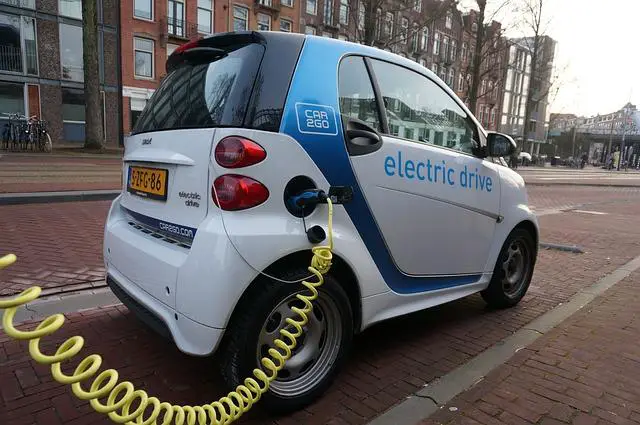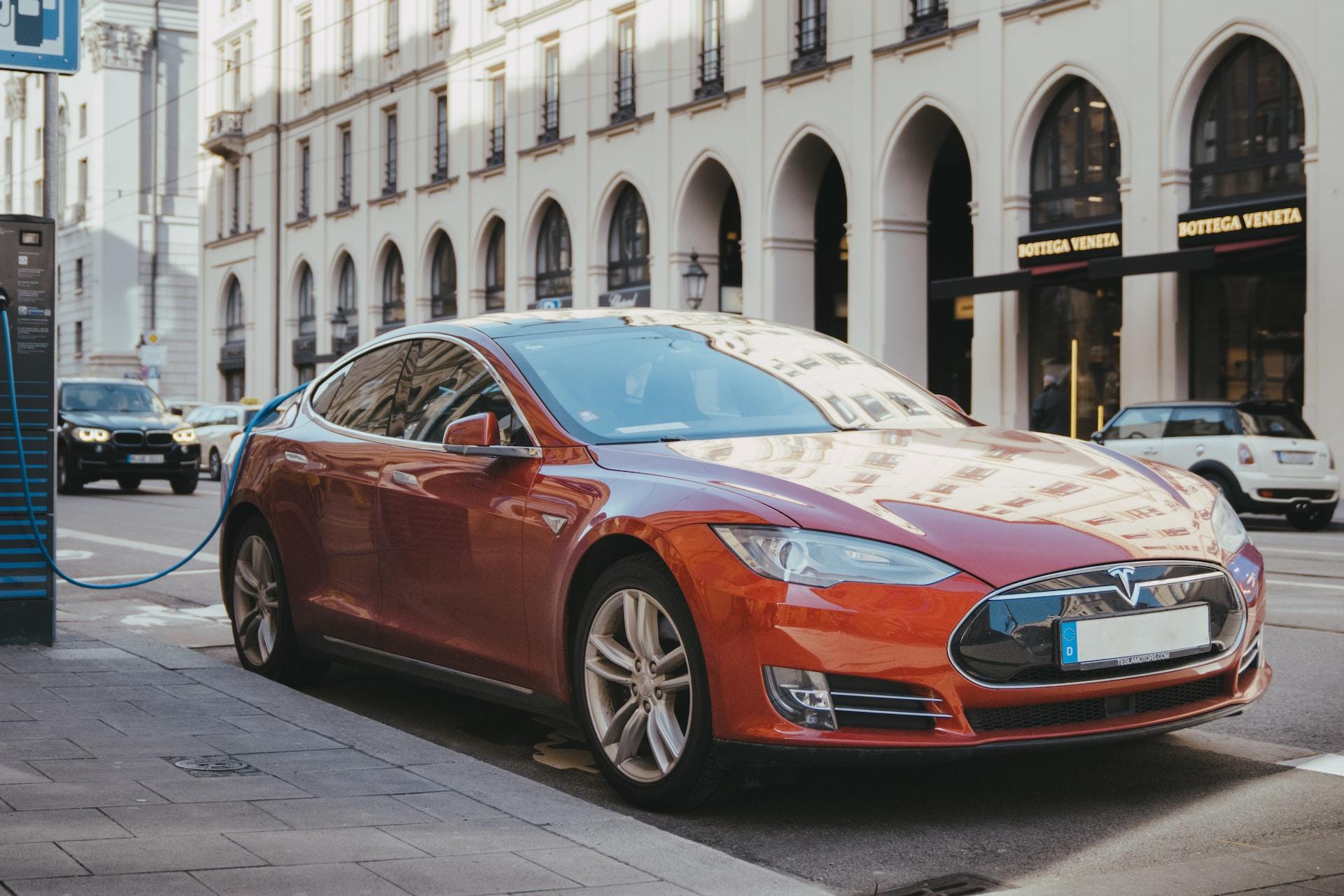The Rapid Evolution of Low-Speed Electric Vehicles in the Changing Landscape of the Automobile Sector In order to solve both urban transportation constraints and environmental concerns, low-speed electric vehicles (LSEVs) have emerged as a possible alternative. With their myriad benefits that are changing the way we think about transportation, these small, energy-efficient cars are becoming more and more popular on a global scale.
Contents
Understanding Low-Speed Electric Vehicles (LSEVs)
Low-speed electric vehicles, often referred to as neighborhood electric vehicles (NEVs) or golf carts, are compact electric vehicles designed primarily for short-distance, low-speed travel. They are typically limited to a maximum speed of 25 miles per hour (40 kilometers per hour) and are widely used in urban and suburban settings for various purposes.
Environmentally Friendly Commuting
Being environmentally friendly is among the most alluring features of LSEVs. As they have no emissions from their tailpipes, these cars are considered environmentally friendly modes of transportation. LSEVs are a great substitute for conventional gasoline-powered cars, helping to create cleaner and healthier neighborhoods as worries about air pollution and climate change continue to rise.
Cost-Effective Transportation
LSEVs are not only environmentally friendly but also cost-effective. As opposed to traditional cars, their electric powertrains are more cost-effective because of how efficient they are. Furthermore, many LSEVs are free from specific taxes and registration costs, making them a desirable alternative for people and enterprises on a tight budget.
Urban Mobility Solutions
In congested urban areas, where traffic congestion is a daily challenge, LSEVs offer a practical solution. Due to their small size, they can go through confined locations with ease, which eases traffic congestion and parking concerns. Additionally, their whisper-quiet functioning lessens urban noise pollution.
Advantages of Low-Speed Electric Vehicles
Let’s delve deeper into the advantages of LSEVs that are making them an increasingly popular choice for urban commuters and businesses alike.
Energy Efficiency
LSEVs are highly energy-efficient, making the most of each charge. Longer trips between charges are made possible by their low-speed design, which also maximizes battery life. This effectiveness lowers the environmental impact of battery manufacture and disposal in addition to being cost-effective.
Minimal Maintenance
Compared to traditional vehicles with complex internal combustion engines, LSEVs have fewer moving parts and require minimal maintenance. This translates to lower maintenance costs, less downtime, and increased reliability.
Versatility
LSEVs are adaptable automobiles that can be tailored to meet different demands. The tourism sector, workplaces, and university campuses all make use of them in addition to short commuting. For companies and organizations with a variety of transportation needs, their versatility makes them the perfect option.
Safety Features
Modern LSEVs are appropriate for on-road use in many locations thanks to their inclusion of safety equipment including seatbelts, headlights, turn signals, and mirrors. A safe and enjoyable driving experience is guaranteed by these safety improvements.
The Role of Low-Speed Electric Vehicles in Urban Planning
Urban planners are realizing the importance of LSEVs in developing more environmentally friendly and effective transportation systems as cities continue to expand and confront difficulties linked to congestion and pollution. Urban regions have a chance to lower their carbon footprint and improve the quality of the air thanks to these cars.
Conclusion
A new age of environmentally friendly, economically viable, and effective urban transportation is being ushered in by low-speed electric cars. They are an attractive option for both consumers and organizations because of their eco-friendly design, cheap running costs, and adaptability. LSEVs are positioned to play a significant role in determining the future of transportation as the world looks for novel ways to solve environmental issues and urban congestion.
Read Now: Electric Vehicle For Towing and Stylish Electric Vehicles
FAQs
- Are low-speed electric vehicles suitable for long-distance travel?
LSEVs are primarily designed for short-distance travel within urban and suburban areas. While they can cover moderate distances, they are not intended for long highway journeys. - Are there government incentives for purchasing low-speed electric vehicles?
Incentives like tax credits and rebates are frequently provided by governments to promote the use of LSEVs and other electric cars. It’s advisable to check with your local authorities for specific incentives in your area. - How long does it take to charge a low-speed electric vehicle?
Charging times vary depending on the vehicle and the charger‘s power. Generally, it can take anywhere from a few hours to overnight to fully charge an LSEV. - Can LSEVs be driven on regular roads?
LSEVs can be driven on roads with speed limits that match their maximum speed, which is typically 25 miles per hour. However, regulations regarding their use may vary by location. - Are LSEVs quieter than traditional vehicles?
Yes, LSEVs are quieter because they are electrically powered. This reduced noise pollution is an advantage in urban areas where noise can be a concern.




